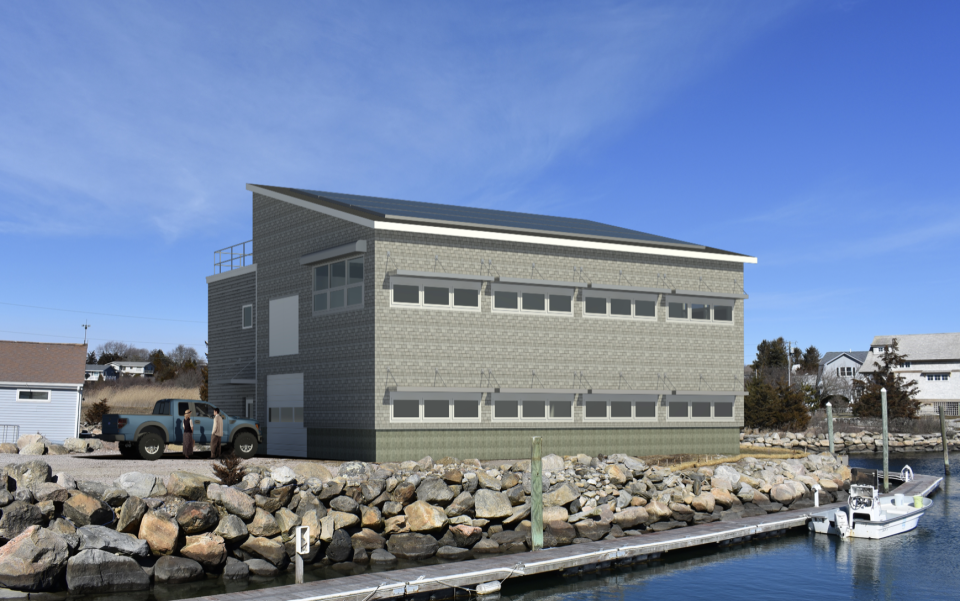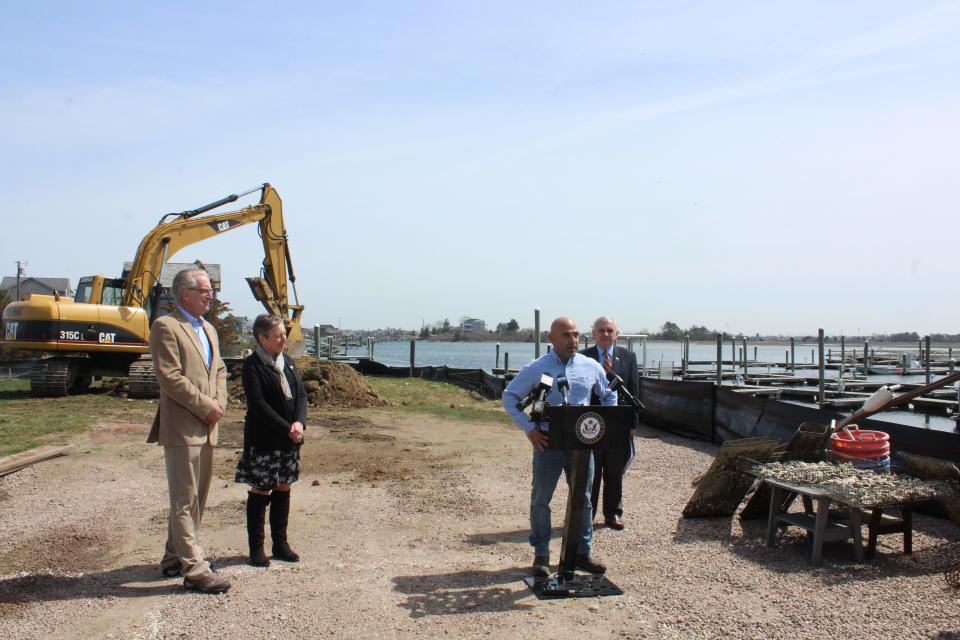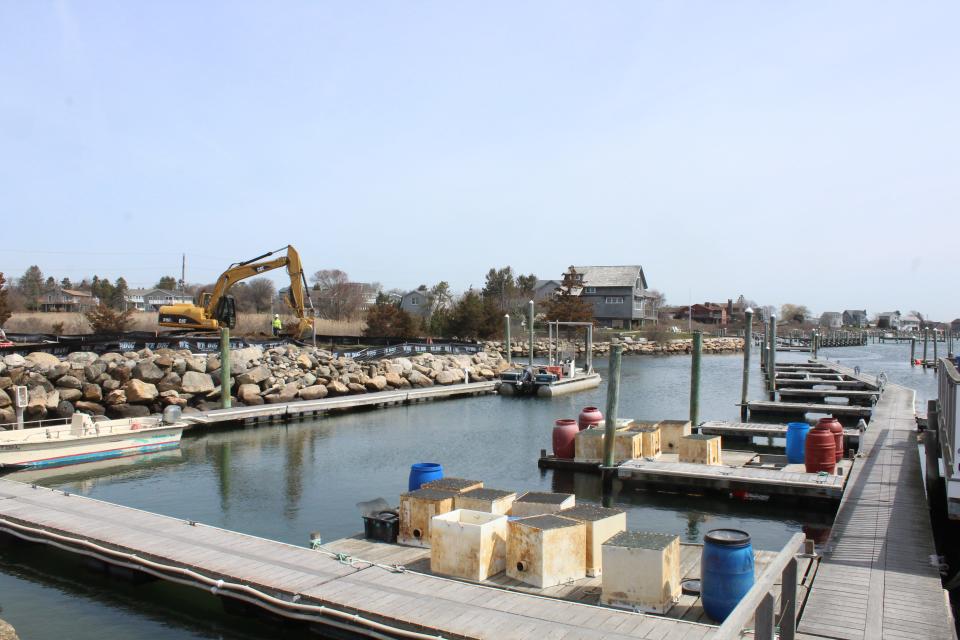Matunuck Oyster Bar, URI team up for new $2.4M shellfish hatchery. Here's what they'll grow
SOUTH KINGSTOWN – For the last five years, Matunuck Oyster Bar owner Perry Raso has been asking to expand his aquaculture operations in Potter Pond and facing relentless opposition from neighbors.
As it turns out, though, he has something even bigger in the works: A new, $2.4 million shellfish hatchery and research center located just feet from his wildly popular restaurant.
The hatchery will operate as a partnership between Raso's Matunuck Oyster Farm and the University of Rhode Island, which counts him among its alumni. A $1.3 million federal earmark secured by U.S. Sen. Jack Reed will cover some of the costs of the project.
"Aquaculture is good for the environment, it’s good for the economy, it’s essential to the future of sustainable [food production] and the health of our local waters," Reed said at a Tuesday press conference. "Win, win, win."

What is a shellfish hatchery?
When you envision a shellfish farmer, you might picture someone digging up clams, Raso said Tuesday. "But it really starts with the high-tech agriculture indoors."
Growing oysters starts with oyster seed, which typically come from a hatchery. Tanks of warm water trick oysters into thinking it's June, and the females release their eggs, explained Bob Rheault of the East Coast Shellfish Growers Association.
After the oysters spawn, the microscopic baby oysters – known as larvae – spend their first four to six weeks in the hatchery, where they are fed algae and kept in carefully controlled conditions.
"It’s like a baby," said Marta Gomez-Chiarri, a professor of Fisheries, Animal and Veterinary Sciences at URI. "That’s the most fragile state."
There are three shellfish hatcheries in Rhode Island, Rheault and Gomez-Chiarri said, but they tend to be small and some don't sell their seed to the public. As a result, most local oyster farmers travel to places like Long Island and Maine to buy oyster seed from larger hatcheries.
The Matunuck Shellfish Hatchery intends to change that, and plans to sell shellfish seed to oyster farms in Rhode Island and throughout the region.

More: In unusual vote, CRMC defers to experts in Matunuck Oyster Bar farm expansion
What is URI's role?
The hatchery will also serve as a hub for research on how shellfish farmers can improve productivity and increase output, which is where URI comes in.
Gomez-Chiarri said the facility will allow researchers to experiment with breeding different kinds of oysters –selecting "the best mother and the best father" for the many different coastal environments in Rhode Island, for instance.
"It’s kind of like a boutique oyster," she said.
The hatchery will also attempt to cultivate other species of shellfish, like bay scallops and sea urchins, which currently are not widely farmed in Rhode Island.
"There's other things that can make it to the menu that we can help develop here," Gomez-Chiarri said.

The 4,150-square-foot building is expected to cost $2.44 million to construct. It will be equipped with "the latest technology for researchers and scientists, including specialized tank systems, water treatment and monitoring systems and high-performance computing and smart environmental monitoring equipment," according to Reed's office.
"It’s going to use the latest technology to allow shellfish farmers to produce consistently high-quality oysters," Reed said, adding that he believes that the facility will make Rhode Island "the national, if not the international, leader in this field."
Construction could be completed by next winter
Raso said Tuesday that $850,000 of the construction costs will come from the federal grant, and that Matunuck Oyster Farm will cover the rest. (Matunuck Oyster Farm is the aquaculture side of Raso's operations, while Matunuck Oyster Bar is the restaurant.)
The hatchery already has the approvals necessary to proceed with construction, Raso said as a backhoe got to work digging up dirt behind him. Construction is expected to be completed by winter 2023.
Within a year's time, the hatchery should already be producing oyster seed, Raso said.
The facility is being built on a small spit of land next to the Matunuck Marina, practically across the street from Matunuck Oyster Bar. Raso noted that he once lived on a cottage that on the property.
"It's kind of ironic," he said.
This article originally appeared on The Providence Journal: Matunuck Oyster Farm to open oyster hatchery with URI

